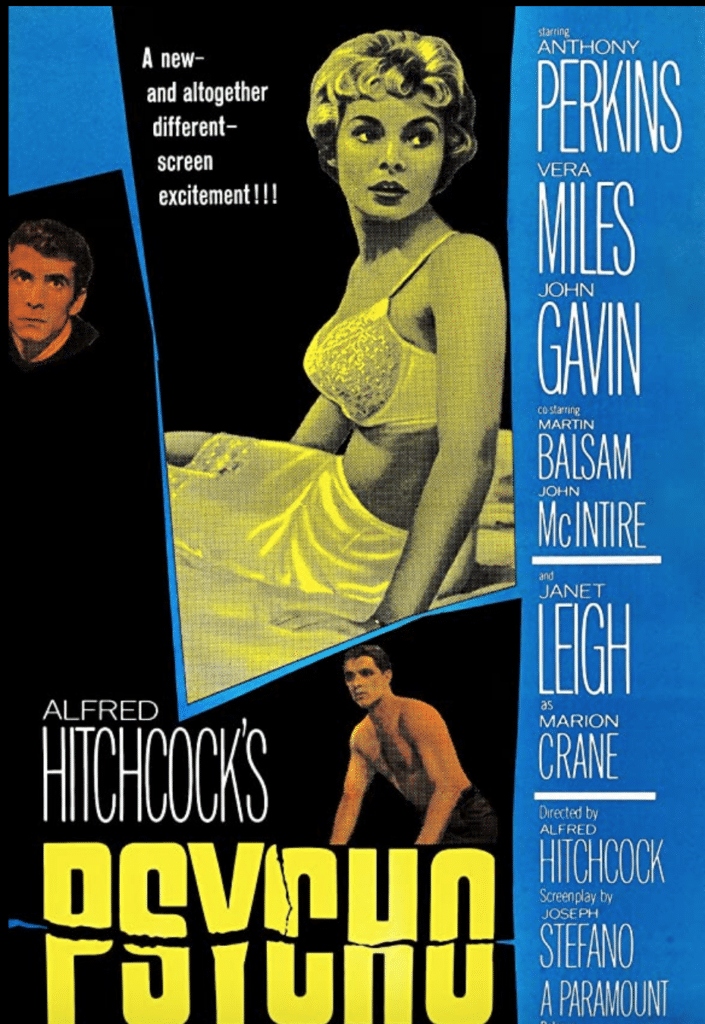Are you communicating the value you deliver to your target audience? Today, I’ll explain how to make sure you include the different components of a value story into your messaging.
Your value story is one of your most important pieces of content.
Typically this type of messaging is woven in throughout every piece of content you write, from your home page and your blog to social media engagement and other marketing collateral.
What is a Value Story?
A value story highlights how your product or service makes a difference in your audience’s lives. It expresses the heart and soul of your business.
Think about basic story structure. Every story has a hero who is facing a problem.
Every story includes a guide who helps the hero overcome the problem and transform their life.
Position your business as the guide in the story and you’ll naturally be communicating how you help your audience navigate and resolve their problem.
The components of a value story include:
- The problem. Problems pretty much always come with an emotional hook. After all, if a problem didn’t cause an emotion, we wouldn’t care. Our problems generally make us feel frustrated, annoyed, stressed, time-strapped, lonely, frazzled, frightened, anxious, etc. When you are able to articulate your target audience’s problem, you communicate empathy and understanding. You show that you get it.
- The resolution. Answer the question of how your product or service benefits your target audience and works to resolve a specific problem(s).
- The transformation. Help your audience envision what life can look like after working with you, your service or your product. Will they experience more freedom? More joy? Life satisfaction? Love? Connection? Safety? Good health?
Apply it to Your Own Life

Maybe you or a loved one has struggled with a challenging health issue that no one seemed able to explain or capable of resolving.
Then, one day you finally met a healthcare provider who could help you solve the problem. You may recall your shoulders dropping ever-so-slightly as you breathed a sigh of relief and imagined life on the other side.
This is what it feels like when we find a service or product that articulates the problem and offers a solution with authority and credibility.
You want to do the same thing in your business.
What’s important to realize is the problem isn’t only the health condition. It’s also all of the emotional issues swirling around that problem.
For example, someone who isn’t feeling well may be frustrated by the fact that they don’t feel strong enough or confident enough to achieve their personal goals or intentions. Maybe they avoid others out of embarrassment or sheer exhaustion. Or perhaps they feel trapped because of limited choices.
When an empathetic healthcare provider articulates the emotional pain points around a particular health condition, the patient or client feels understood and that caregiver has begun to establish trust and credibility.
We want to convey those same messages in our digital content so that our ideal clients know how and where to find us.
When you do this, you’ve just told your value story.
The Value Story in Action
You need look no further than advertising for examples of the value story in action. Talented advertisers understand how to tell a value story in just 30 to 60 seconds.
One ad I often share in my presentations about storytelling in business is the HotelTonight spot that Malcolm Gladwell read on on his Revisionist History podcast.
 In it, Malcolm Gladwell reminds the audience of the plot synopsis of Alfred Hitchcock’s movie Psycho in which Marion Crane, a secretary from Phoenix, played by Janet Leigh, is on the run after stealing $40,000 from her employer.
In it, Malcolm Gladwell reminds the audience of the plot synopsis of Alfred Hitchcock’s movie Psycho in which Marion Crane, a secretary from Phoenix, played by Janet Leigh, is on the run after stealing $40,000 from her employer.
The Emotional Hook
Marion is traveling the backroads to avoid the police. It’s raining and she’s exhausted so “she stops for the night at the ramshackle Bate’s Motel and meets the polite, but high-strung proprietor Norman Bates, played by Anthony Perkins, a young man with an interest in taxidermy and a difficult relationship with his mother.” [As read by Gladwell]
Whether you’ve seen the movie or not, it’s hard not to get drawn into the short synopsis of one of the most famous horror movies of all time. We’re empathizing with Marian Crane, imagining her desperation and exhaustion and what it would be like to get stuck having to stay the night in the creepy Bates Motel.
Articulate the Problem
In the spot, Gladwell goes on to say: “It’s one of my favorite movies. I just watched it last week for like the millionth time. And you know what I couldn’t stop thinking? Marion Crane’s problem was that she had no options. She needed a way to find a great hotel room at the last moment that wasn’t inhabited by a psycho! She needed Hotel Tonight!”
Even for people who haven’t seen the movie, they can relate to the problem. No one wants to get stuck staying at a creepy hotel because that’s their only option at the last minute.
We crave the freedom to make choices, especially when it comes to our personal safety (a primary basic need).
Cue: Phew, what a relief! There are other options available!
Offer the Solution
Gladwell goes on to pitch HotelTonight as a business that helps customers who need a last minute room that is safe, top-rated and affordable. According to the ad, HotelTonight customers can rest assured that they have options when they need a place to stay at the last minute.
Envision the Transformation
In every classic story, the hero has personal flaws and obstacles outside of their control that hampers their journey. That’s life for all of us. We are the hero in our own lives. And usually, we search for guides who can help smooth the way forward.
In the case of HotelTonight, the chain understands that last-minute travel is stressful, but sometimes unavoidable. For the person who doesn’t have the benefit of planning ahead, HotelTonight resolves one major pain point in that traveler’s life by providing a safe, clean and affordable room, no advance reservations required.
The chain is effectively guiding their ideal client out of a problem and helping them feel like heroes in their own lives by giving them an option that makes traveling easier and less stressful.
Please note: I’m not endorsing HotelTonight nor am I a paid affiliate for Malcolm Gladwell’s podcast (just a fan). I’m simply using this ad as an example.
Your Turn: A Value Story Writing Prompt
Think about a client who had a specific problem that you helped resolve. Describe this person and their problem.
How did this problem make them feel? How did they appear to you when they came to you? Were they frazzled, tired, sad, stuck?
How did the problem aggravate their life? Was it hurting their relationships? Were they sick a lot?
Describe the transformation after they experienced your service or your product. How did your service or product make a difference in their life? What is life like now for your client?
Feeling stuck?
- If you aren’t sure about how to answer any of these questions, choose a few ideal clients to interview or survey.
- Ask them about their experiences working with your service or product.
- Think about the words, feelings and language they use to describe the problem they had and how they felt before, during and after.
- Integrate those words into your marketing materials.
Got questions or comments? Post them below!


